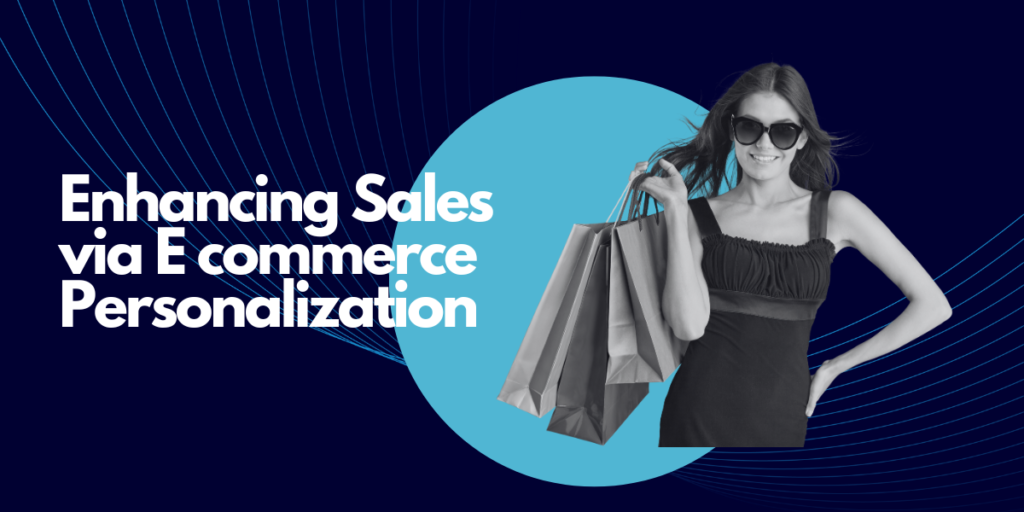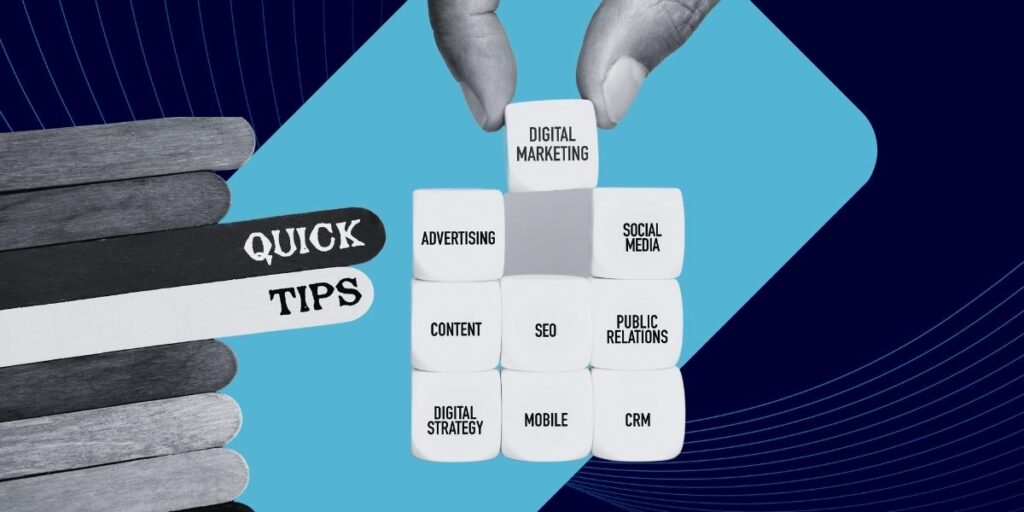Introduction
Hey there! Are you an online business looking to boost your marketing and sales? If so, mastering e commerce personalization should be at the top of your list. In today’s digital age, personalization of e commerce is key when it comes to enhancing the online shopping experience for your customers.
By tailoring your online selling platform to individual preferences, you can create a more engaging and personalized shopping experience that will keep customers coming back for more. In this article, we’ll walk you through 8 easy steps to help you enhance your sales through the power of e commerce personalization. So, let’s dive right in and transform your online store into a customer’s paradise!
What is E commerce Personalization?
Personalization is not just a trendy word; it is a game-changer in the world of e commerce. By providing personalized experiences, you can make your customers feel valued, understood, and ultimately, increase the likelihood of them making a purchase. In fact, a study by Epsilon revealed that 80% of consumers are more likely to buy from brands that offer personalized experiences.
So, what exactly is e commerce personalization? It goes beyond simply displaying a customer’s name or recommending similar products. E commerce personalization refers to tailoring the shopping experience to meet the unique needs and preferences of each customer. It involves creating a seamless and individualized journey for every customer, starting from the moment they land on your website until they make a final purchase.
Now, you may be wondering why e commerce customization is not just a passing trend but a necessity for e commerce businesses. Let me break it down for you. In today’s online landscape, customers have become used to having a customized e commerce experience fit to their specific tastes. They expect a shopping experience that feels like it was made just for them. If you fail to deliver, they will simply move on to a competitor who does
Step 1: Data Collection and Analysis in E commerce Personalization
Data is the fuel that drives e commerce personalization. Without it, you won’t have the insights you need to create tailored experiences for your customers. So, in this step, we’re going to talk about the importance of data in e commerce personalization and the methods and tools you can use to collect and analyze it.
Importance of Data in Personalization of e commerce
Data is essential for understanding your customers and their preferences. It allows you to gather insights into their behavior, interests, and shopping habits, which can help you deliver a more personalized and relevant experience.
With the right data, you can:
- Understand customer preferences: By analyzing data, you can gain valuable insights into what products your customers are interested in. You can also understand what types of content they engage with, and what factors influence their purchasing decisions. This information can help you tailor your marketing efforts and product offerings to better meet their needs.
- Segment your audience: Data allows you to segment your audience based on various criteria such as demographics, interests, browsing history, and purchase behavior. This segmentation enables you to create targeted campaigns and personalized recommendations.
- Predict customer behavior: By analyzing historical data, you can identify patterns and trends that can help you predict future customer behavior. This can be invaluable in optimizing your marketing strategies, inventory management, customer support, and overall e commerce personalization efforts.
Methods and Tools for Data Collection and Analysis
Now that you understand the importance of data, let’s talk about the methods and tools you can use to collect and analyze it.
- Website Analytics: One of the most common and effective methods for collecting data is through website analytics. Tools like Google Analytics provide valuable insights into website traffic, user behavior, and conversion rates. By tracking metrics such as page views, bounce rates, and time on site, you can understand how users interact with your website to improve it.
- Surveys and Feedback Forms: Another way to collect data is through surveys and feedback forms. These allow you to directly ask customers for their opinions, preferences, and feedback. You can use tools like SurveyMonkey or Google Forms to distribute surveys and then analyze the responses for insights.
- Social Media Listening: Social media platforms are a goldmine of customer data. By monitoring social media conversations, you can understand what people are saying about your brand or products. Tools like Hootsuite or Sprout Social can help you track mentions, sentiment, and engagement on social media.
- Customer Relationship Management (CRM) Systems: CRM systems like Salesforce or HubSpot are excellent tools for collecting and managing customer data. They allow you to track purchase history and preferences, which can help you with e commerce personalization.
- Heatmaps and Click Tracking: Heatmap tools like Crazy Egg or Hotjar provide visual representations of user behavior on your website. By analyzing where users click, scroll, and spend the most time, you optimize your website design accordingly.
Step 2: Segmenting Your Audience
In Step 2, we’ll dive into the importance of audience segmentation and explore some techniques for segmenting your audience based on demographics, behavior, purchase history, and more.
Audience segmentation is a crucial step in personalizing your digital marketing efforts. By dividing your audience into smaller, more specific groups, you can tailor your messaging, offers, and content to better resonate with each segment. This level of personalization can greatly improve customer engagement and conversion rates.
Here are some techniques you can use to segment your audience effectively:
- Demographics: Start by looking at basic demographic information such as age, gender, location, and income. This information can help you create targeted campaigns that speak directly to the needs and preferences of specific demographic groups.
- Behavior and Purchase History: Segmenting your audience based on their past purchase history allows you to create personalized recommendations and offers. By understanding their preferences and buying habits, you can deliver more relevant content and increase customer loyalty.
- Psychographics: Psychographic segmentation looks at the psychological and lifestyle characteristics of your audience. This includes factors such as interests, values, attitudes, and motivations. By understanding these deeper insights, you can create messaging that resonates on a more emotional level.
- Customer Lifecycle: Another effective way to segment youraudience is by their position in the customer lifecycle. This includes different stages such as prospects, new customers, loyal customers, and inactive customers. By tailoring your messaging and offers to each stage, you can nurture prospects, retain loyal customers, and win back inactive customers.
Step 3: Tailored Product Recommendations
The role of AI and machine learning in e commerce personalization

The benefits of tailored product recommendations in personalization of e commerce
For Businesses:
- Boosts customer engagement and conversion rates.
- Increases likelihood of sales through relevant suggestions.
- Fosters trust and encourages repeat business.
For Customers:
- Saves time by eliminating manual searches.
- Provides a more convenient shopping experience.
- Increases chance of discovering suitable products.
Step 4: Enhancing the E commerce Experience with Personalized Email
Personalized email marketing is a game-changer for e commerce businesses. Gone are the days of sending generic, one-size-fits-all emails. To truly connect with your audience and drive conversions, you need to tailor your email campaigns to each individual.
By leveraging the power of personalized messaging, you can create a shopping experience that feels like it was designed specifically for each customer. This level of unique content not only increases engagement but also improves the chances of customers making a purchase.
How can email marketing help with e commerce personalization?
Next, use dynamic email content that adapts based on user behavior and preferences. For example, you can showcase products that are similar to what the customer has previously shown interest in or purchased. This personalized touch shows that you understand their preferences and are committed to providing a tailored experience.
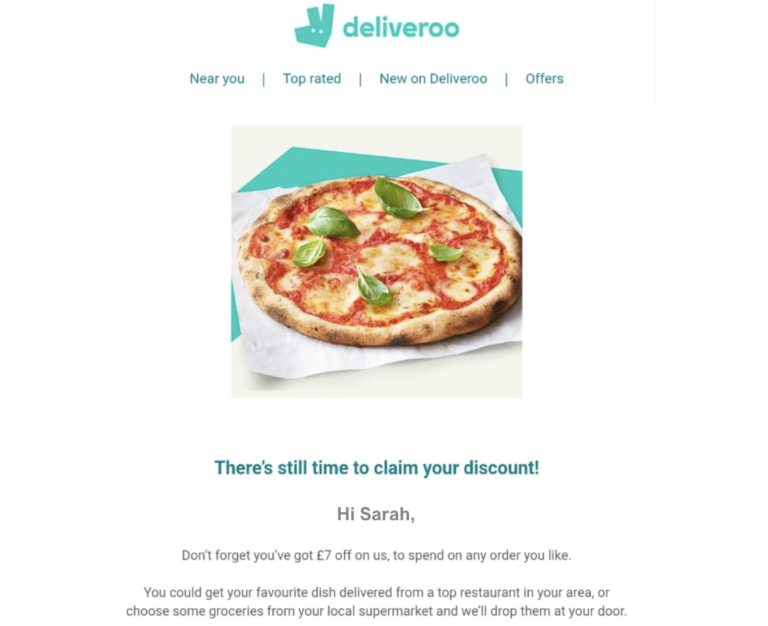
Importance of timing and content for e commerce personalization
In addition to segmentation, timing and content personalization are also crucial factors in personalized email marketing. Sending emails at the right time can greatly impact open and click-through rates. For example, you can send follow-up emails to customers who have abandoned their carts, reminding them of the items they left behind and offering a discount or free shipping to incentivize them to complete their purchase.
Step 5: Customized Content and User Experience (UX)
Personalized product filters
In addition to dynamic landing pages and tailored CTAs, you can also personalize the overall user experience on your website. This can include features like recommended products based on the customer’s browsing or purchase history, personalized product filters, or even customized product recommendations. Using e commerce personalization tactics, you can tap into a customer’s preferences and past behavior on your website. This lets you craft a tailored browsing experience, making it simpler for shoppers to discover what they want.
ASOS's "You Might Like" feature
It recommends products to users based on their browsing history, past purchases, and overall behavior on the platform.
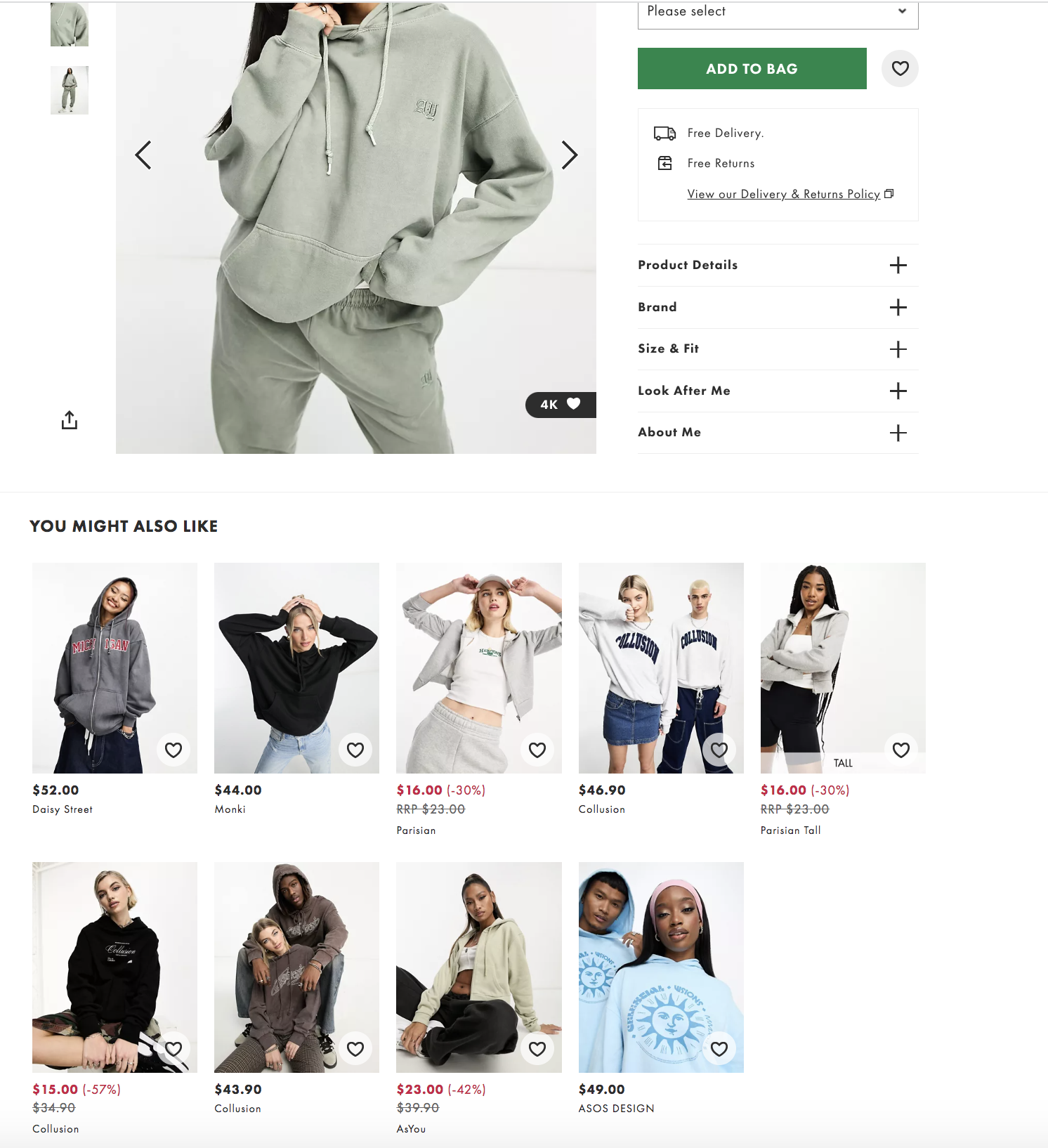
The “You Might Like” feature is driven by algorithms that analyze a user’s interactions with the website and then predict products that align with their preferences. This kind of personalization is beneficial for both the customer, who gets a curated shopping experience, and for ASOS, which can potentially see increased sales and engagement.
Step 6: Retargeting and Remarketing Strategies
Now that we’ve covered how to personalize the user experience on your website, let’s talk about the importance of retargeting and remarketing strategies. These strategies play a crucial role in staying in the customer’s mind even after they’ve left your website.
One effective way to do this is through personalized ads. By leveraging the data you’ve collected about your customers, you can create targeted ads that align with their interests and preferences. For example, if a customer has shown interest in a specific product or category on your website, you can retarget them with ads showcasing similar products or offering exclusive discounts on those items. This not only reminds customers of your brand but also increases the likelihood of them returning to make a purchase.
Amazon's retargeting strategies
If you’ve ever browsed Amazon, you might have noticed sections like “Top deals for you under $25” or “Deals on frequently repurchased items.”
These sections, strategically placed, use the data from your browsing history and previous purchases to present products within a certain price range, ensuring the suggestions are both appealing and affordable to the user. This e commerce personalization tactic often nudges the user towards making an additional purchase or returning to previously viewed products.
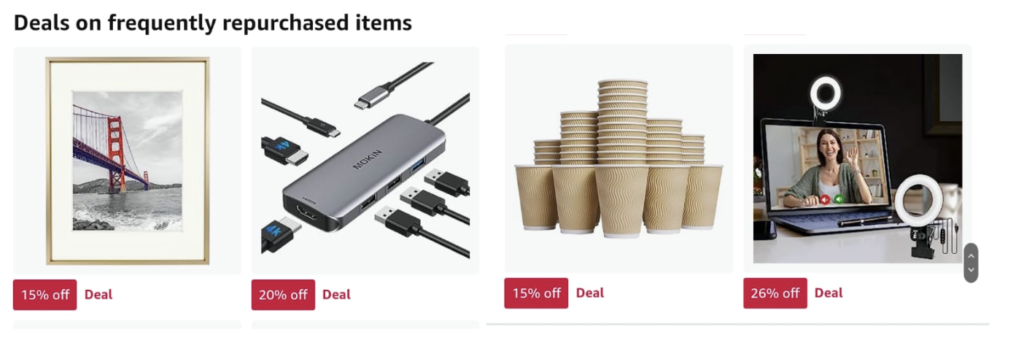

Personalized ads can be delivered through various channels, including social media platforms like Facebook and Instagram, display networks, and even email marketing. The key is to make sure the ads are relevant and timely, so customers feel like you’re speaking directly to them and addressing their specific needs.
Additionally, retargeting and remarketing strategies can involve sending personalized emails to customers who have shown interest in your brand or products. These emails can include recommendations based on their browsing or purchase history, as well as exclusive offers or promotions. By staying in touch with customers through personalized emails, you can keep your brand top of mind and encourage repeat purchases.
Step 7: Loyalty Programs and Offers in E commerce Personalization
Loyalty programs are a fantastic way to show your customers how much you appreciate them and keep them coming back for more. Offering exclusive perks and rewards to your loyal customers not only encourages repeat purchases but also helps to build a strong relationship with them. After all, who doesn’t love being recognized and rewarded for their loyalty?
So, how can you create an effective loyalty program? First off, make sure it’s easy for customers to sign up and participate. Nobody wants to jump through hoops just to join a loyalty program. Keep it simple and straightforward, allowing customers to easily opt-in and start reaping the benefits.
When designing your loyalty program, it’s important to consider what would be most valuable to your target audience. What incentives would motivate them to continue shopping with you? Think about their preferences and shopping behaviors, and tailor your program accordingly.
Discounts and Offerings
Sephora's Loyalty Programs
A prime example of this strategy is Sephora’s Beauty Insider loyalty program. Sephora, adeptly integrated its e commerce personalization, offering tiered membership levels — Insider, VIB, and Rouge. Each tier is carefully curated to cater to varied spending habits and preferences. With an increasing spend, the rewards become more exclusive, catering to the personalized tastes of their loyal customers.
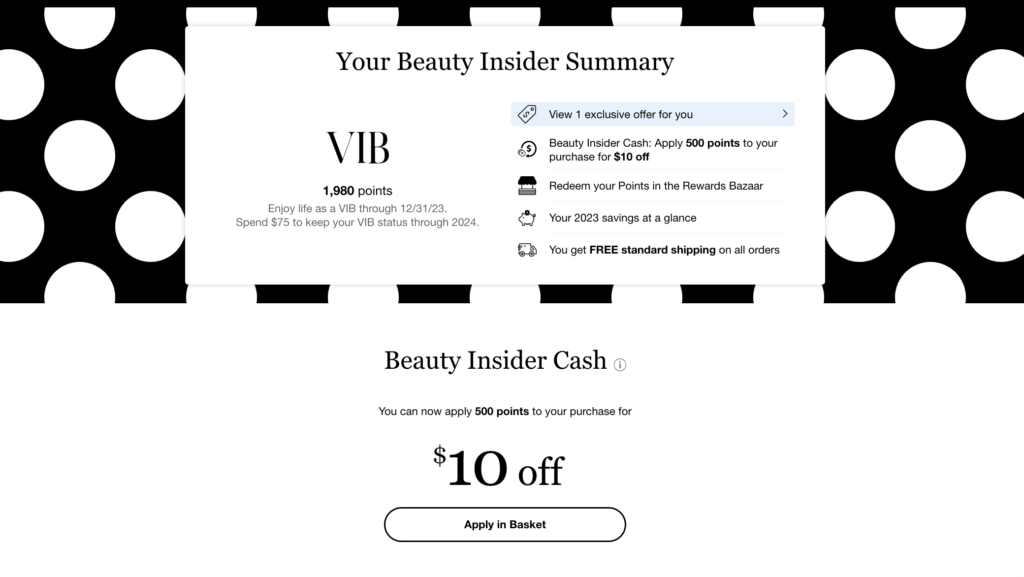
Additionally, their “Rewards Bazaar” feature enables customers to decide when and on which products they want to redeem their points, providing a truly personalized e commerce shopping experience. Sephora’s mastery in intertwining loyalty with e commerce personalization ensures their customers feel valued and remain engaged.
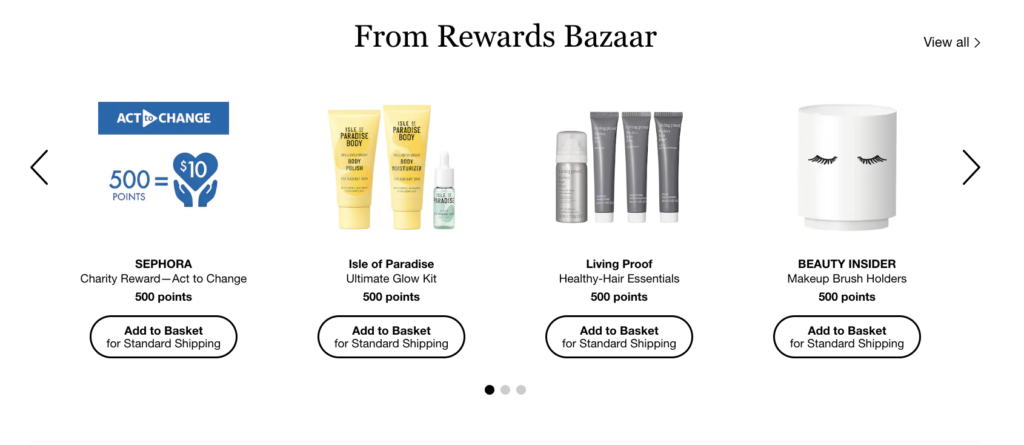
Step 8: Feedback and Continuous Improvement
Social Media Channels
Conclusion
Remember, personalization of e commerce is an ongoing process. The needs and preferences of your customers will continue to evolve, so it’s important to continuously adapt and improve your strategies. By consistently gathering feedback and staying up to date with the latest e commerce personalization trends, you can ensure that your online store provides a personalized shopping experience that keeps customers coming back for more.
Boost Your E-commerce Sales Now! 🔥
Let TMH's expertise in SEO, PPC, Social Media, and more guide you. Explore our services and get ahead! 🦅
Learn more
